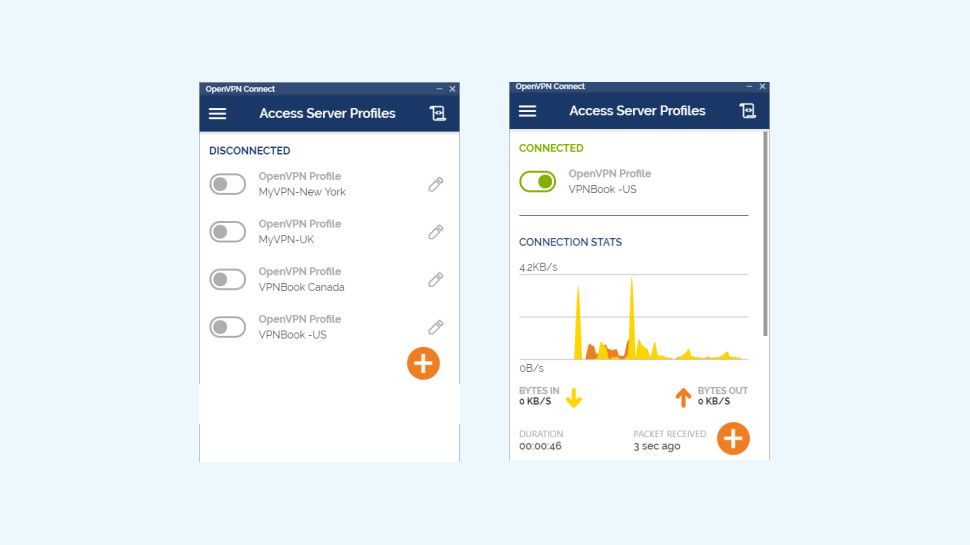
- #OPENVPN CLIENT DOWNLOAD FROM SERVER INSTALL#
- #OPENVPN CLIENT DOWNLOAD FROM SERVER UPDATE#
- #OPENVPN CLIENT DOWNLOAD FROM SERVER PASSWORD#
- #OPENVPN CLIENT DOWNLOAD FROM SERVER PC#
#OPENVPN CLIENT DOWNLOAD FROM SERVER PASSWORD#
#OPENVPN CLIENT DOWNLOAD FROM SERVER INSTALL#
Install it on your PC, leaving the boxes checked to launch DUC and run DUC as a system service in the background.
#OPENVPN CLIENT DOWNLOAD FROM SERVER UPDATE#
Download No-IP’s Dynamic Update Client (DUC). Go to Dyanamic DNS then Dynamic Update Client.Add a username and security question to complete your account configuration. If you are not logged in, log back in to No-IP again.Check your email, and click the link in the account confirmation email.Enter your email, a password for No-IP, and your choice of DNS host name. That will give your Window computer a fixed DNS host name, even if its IP address changes from time to time. In this step, you’ll subscribe to a Dynamic DNS service. You probably don’t have a static IP address at home. You can set the options so the screen turns off after a few minutes, but configure your computer so that it never goes to sleep. Under the System section, select Power & sleep. Right-click on the Windows Start button, and select the Settings app.
#OPENVPN CLIENT DOWNLOAD FROM SERVER PC#
Therefore configure its power plan to prevent the PC from ever going to sleep. You do not want your computer to be asleep when you try to connect from the outside world.

Windows as OpenVPN Server Step 1: Windows Power Plan Consult the documentation for your particular make and model of router.

The procedures for opening the firewall and configuring port forwarding vary from router to router, so detailed instructions cannot be given here. To determine your computer’s address on the LAN, open a Windows Command Prompt and issue the command ipconfig. Configure your router to forward UDP port 1194 from the outside world (often called the wide-area network or WAN) to your PC on the local area network or LAN.Open your router firewall on UDP port 1194.You need to do a couple of things on your home router: You can change the port OpenVPN uses, but in this post we’ll use the default, which is UDP port 1194. Configuring your iOS device as an OpenVPN client.Setting up your Windows PC as an OpenVPN server.Therefore you connect your iOS device to the Internet through a VPN server on your home PC. However, you do not want hotel or coffee shop employees to be able to spy on which websites you visit. While you are away, you use an iOS device (i.e., an iPhone or iPad) to connect to the Internet. Easy RSA 2 has been replaced by Easy RSA 3, and the Windows client in the original article has been replaced by an iOS device. This is a modernization and adaptation of James’s article at


 0 kommentar(er)
0 kommentar(er)
